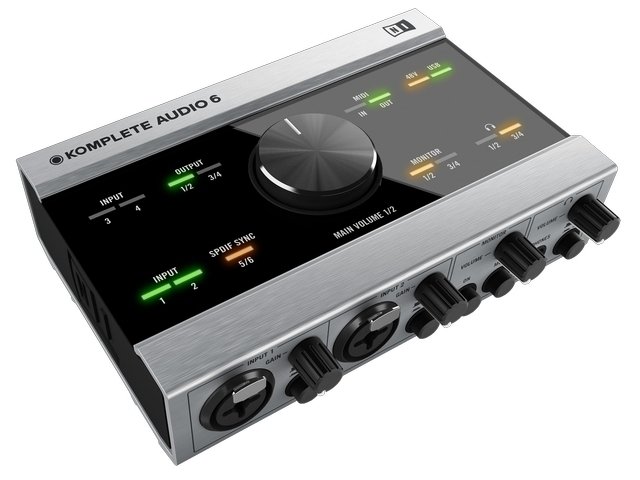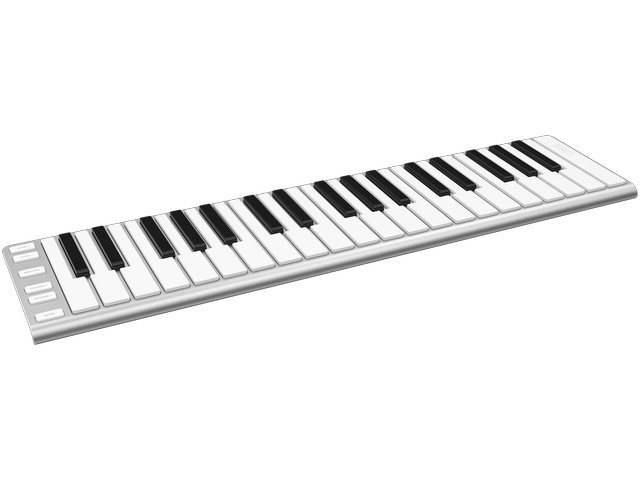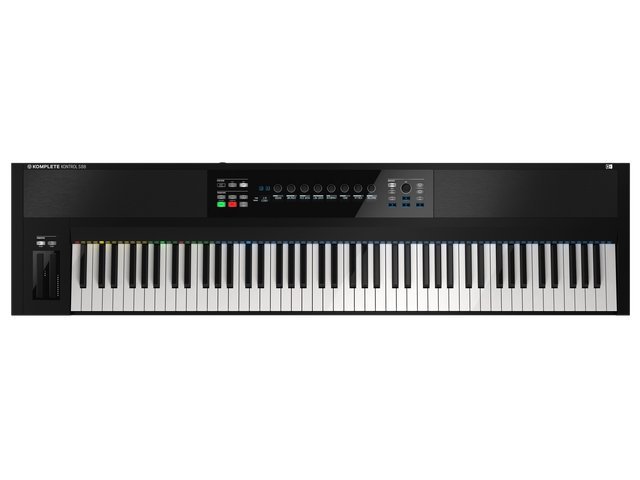Stand Out From the Crowd with These 5 Delay Secrets
Let’s face it – delay (when used correctly) can be one of the most rewarding and colourful weapons in your production arsenal. The digital revolution has allowed for the technology to expand into wild and wacky territory, opening up boundless possibilities for even the budget producers out there. In this article, we delve deep into 5 unique delay techniques you can add to your repertoire of skills.

Crazy Pitch/Time automation
If you’re familiar with the dubwise sounds of the likes of Lee Scratch Perry or King Tubby, you’ll recognise this one. Assign a couple of free macro knobs on your midi keyboard to the time dial on your digital delay plugin of choice. Next, toggle off the sync-mode to time-mode so that you have free control over the dial. Now, mess about with a sound by playing with the dials, and with a little bit of experimentation you’ll be creating some nifty ‘warp’ style FX sounds that’ll add some trippy spice to your music.

Adding human ‘feel’
Delay also has the capability of adding a dynamic, free-flowing, human-esque feel to your tracks. Having the sync-mode on your delays can be useful when you want your delay trails to snap perfectly to grid, but too much of anything can become boring.
Add a level of interest and introduce slight (or wild) imperfections in your groove by turning off sync-mode and choosing a manual delay time that falls a tiny bit off the grid. When done right, you’ll transport your music from sounding like generic ‘computer music’ to something a bit more dynamic and interesting. Spice it up even more by adding a tint of feedback and listen as your tune comes to life.

Artificial flangers
Bored of your go-to flanger VST? Why not teach yourself a new trick and use your delay unit to create a simulation of a flanging effect? It can produce some great results that you might not get from your stock-standard flanger plugin. Simply set the delay time to 0 (with sync off), LFO depth to maximum, LFO speed to 0.18-0.22Hz and Feedback from anywhere around 30-50%. Some delay units may not have an LFO so you could either attach a separate filter as an insert or automate the delay time instead.
Add subtle atmosphere
Many producers immediately reach for the reverb when thinking of adding space, depth or atmosphere, but often forget that delay can do all of those things without introducing wishy-washiness. When used sparingly, you can use your delay unit to create subtle space around an instrument. To achieve this, add a ping-pong delay effect with a quarter or eighth-note repeat quite low in volume and feedback. Another benefit of opting for a delay instead of a reverb in this instance, is it will add stereo interest to your track.
Classic slapback
The slapback effect was popularised by 50’s US rock (think Elvis Presley), and is characterised by a single echo of about 60-180ms. It can really thicken up your sounds, and does a particularly good job on vocals, guitars and synths.
Pull out your reverb unit for this one. Get your time and feedback quite short and tight, and then crank up the pre-delay until you achieve the amount of ‘slap’ you require! That’s it!
Related Products
-
$1,199.00
-
$329.00
-
$349.00
-
$349.00
-
$519.00
-
$599.00
-
$1,599.00
-
$49.00































